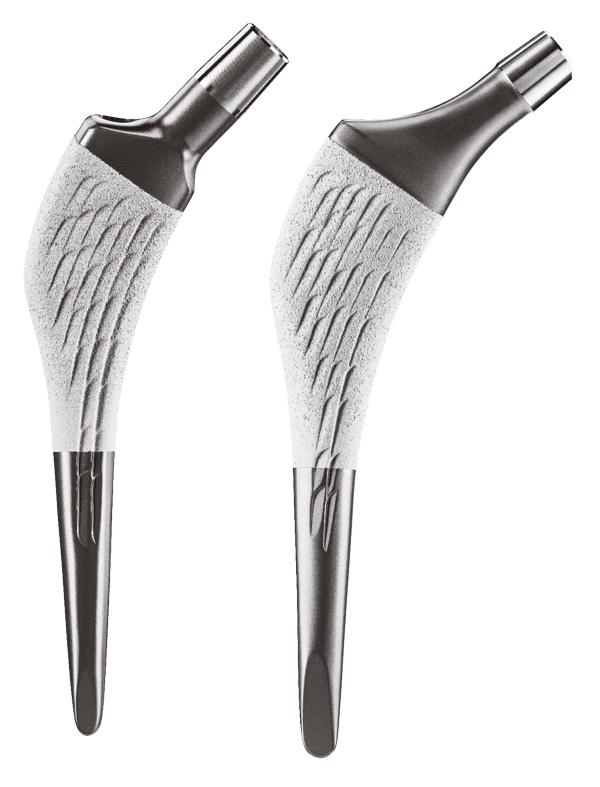Created in 1993, the SPS® stem is based on a worldwide unique concept, directly derived from the custom-made technology developed by Symbios.
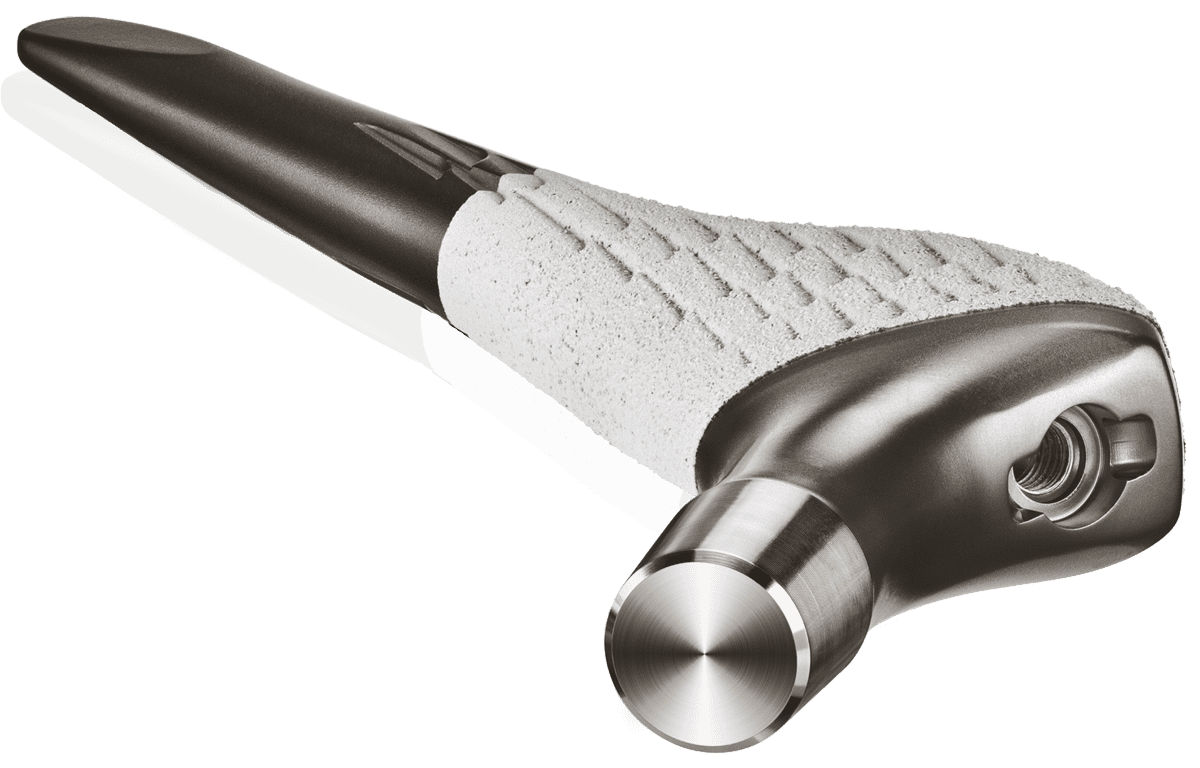
years of clinical experience of the SPS® concept
Survie à 10 ans de recul pour cause de descellement aseptique (1)
Impaction hole provided with a slotted guide to control rotation during impaction.
For direct contact with the external cortex.

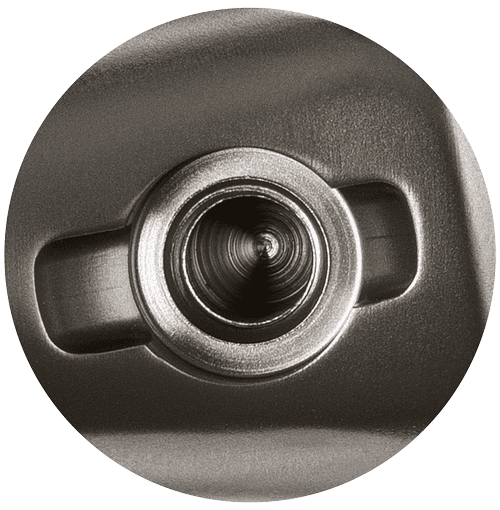


To compensate for the anteversion of the sagittal anatomical curvature in the metaphysis.
To avoid pain associated with distal cortical conflict.

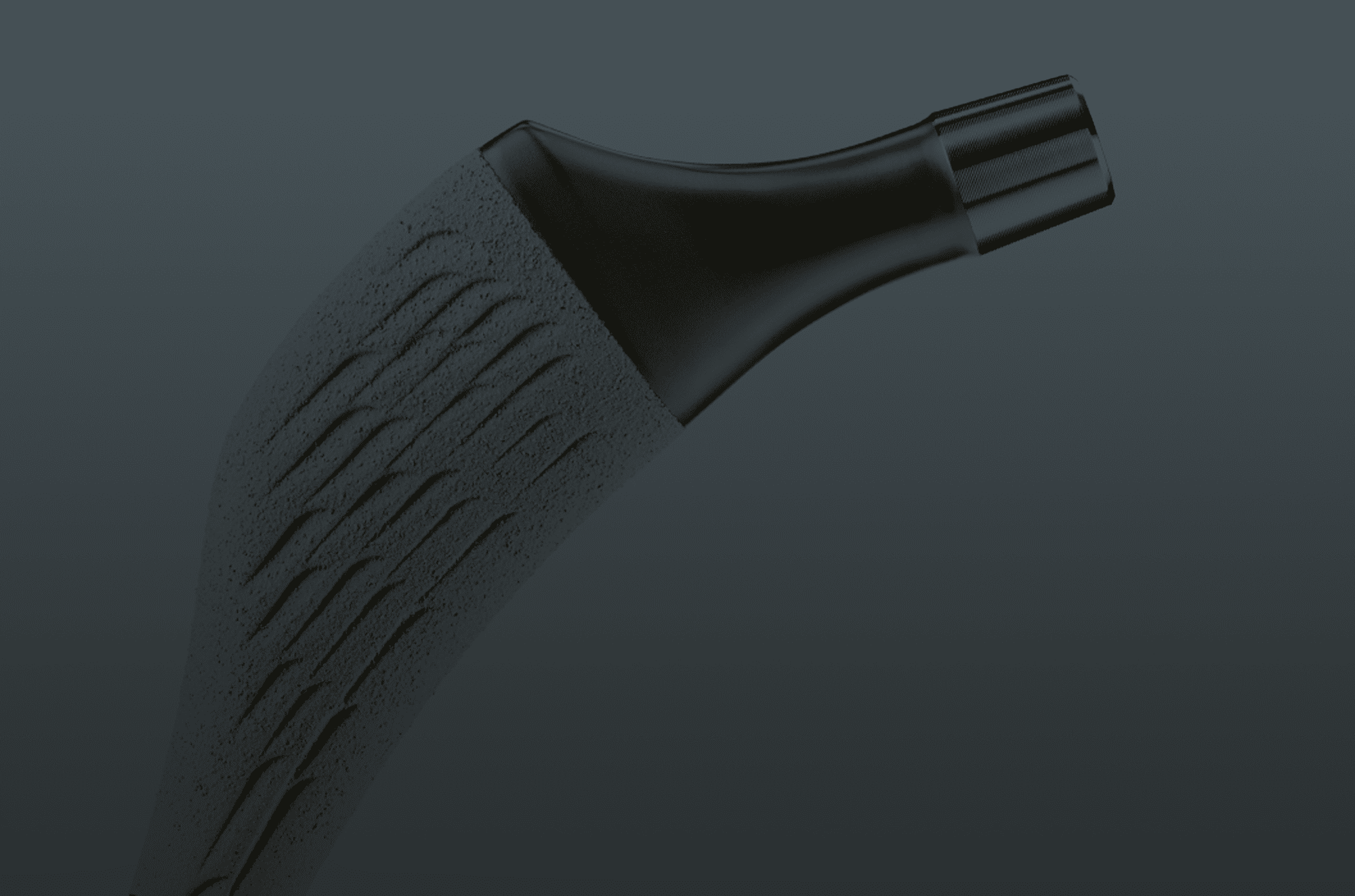
for metaphyseal blocking
The SPS® stem has a large flare angle in the metaphysis, to allow good control of the locking height in the proximal femur.
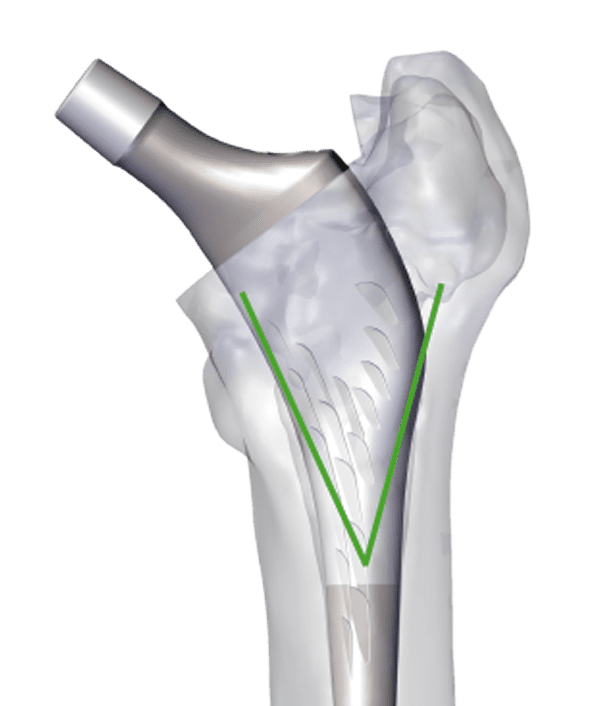
The sagittal anatomical curvature allows better anteroposterior filling in the metaphysis to increase rotational stability and proximal load transmission, promoting bone remodeling.
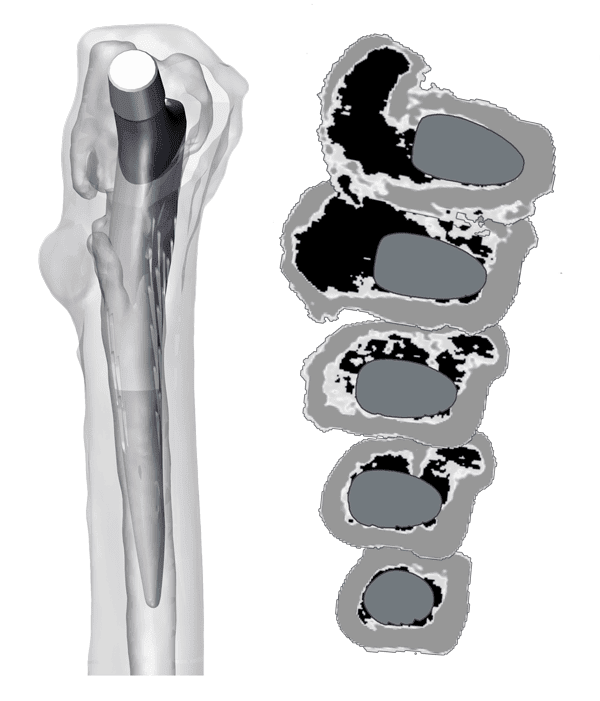

for easy insertion.
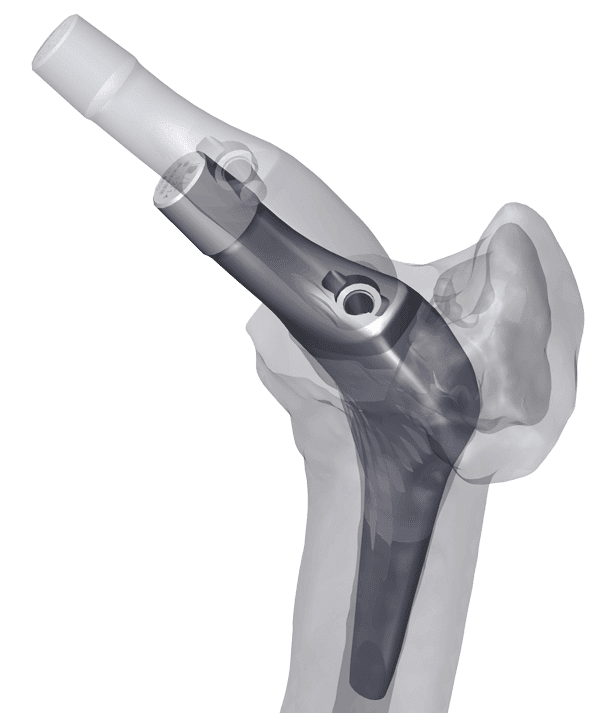

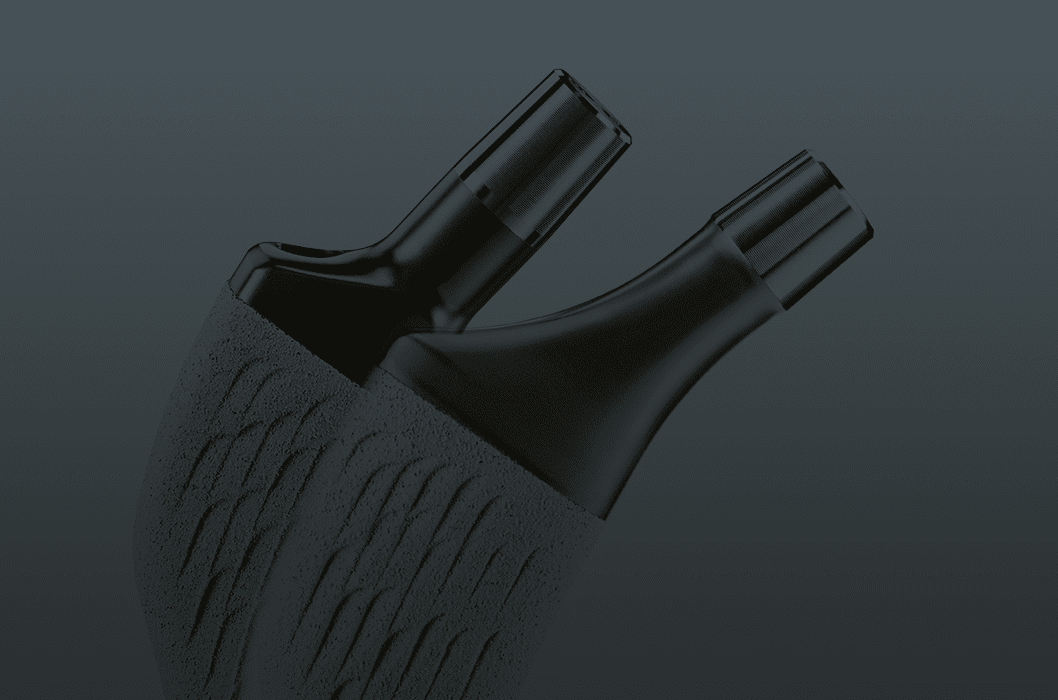
for controlled reconstruction
The SPS® Evolution stem was introduced in 2012, and benefits from retrospective development of the design of the original SPS®:

Based on long-term clinical experience, the SPS® stem system allows the selection of the most suitable prosthetic offset for each case:
